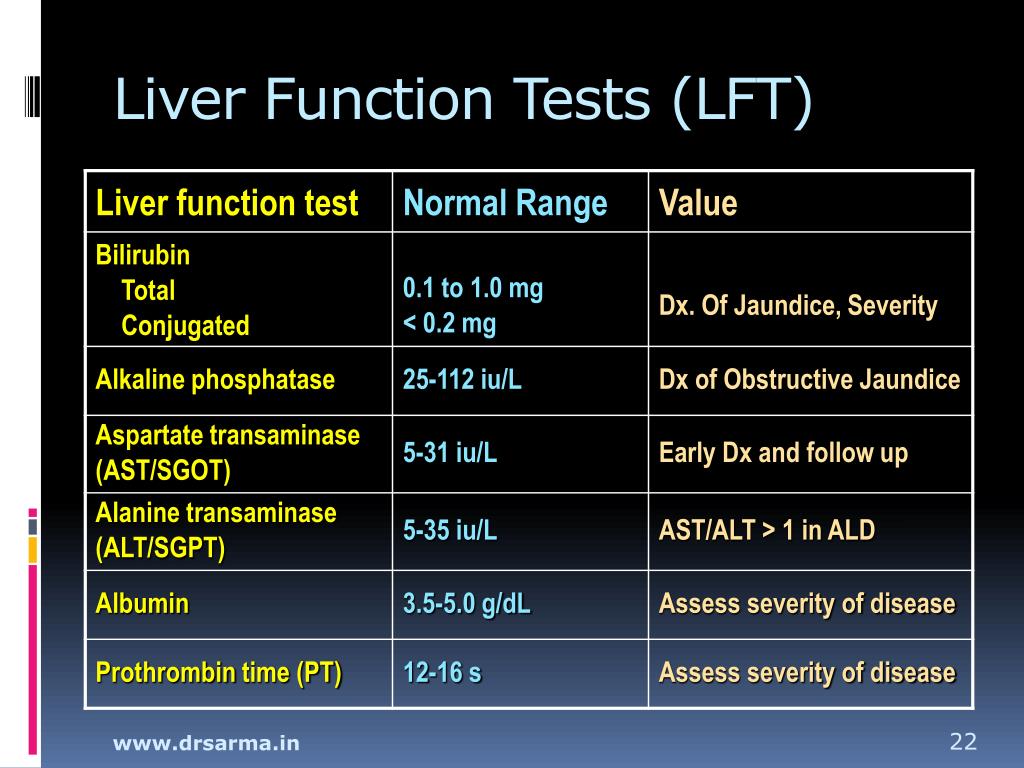Alt blood test values. Understanding High ALT Levels: Causes, Significance, and Your Liver Health
What does it mean when your ALT (alanine transaminase) levels are elevated? Explore the reasons for high ALT, from liver disease to medication side effects, and learn how to interpret your blood test results.
Alanine Transaminase (ALT) Blood Test: What It Measures and Why It Matters
The alanine transaminase (ALT) blood test is a key indicator of liver health. This enzyme is primarily found in the liver, and its levels rise when the liver is damaged or inflamed. By measuring the amount of ALT in the bloodstream, healthcare providers can gain valuable insights into the condition of the liver and identify potential liver-related issues.
What Is Considered a High ALT Level?
The normal range for ALT levels varies slightly between laboratories, but generally, the reference range is 4 to 36 units per liter (U/L) for adults. If your ALT levels exceed this range, it is considered an elevated or high ALT result.
Potential Causes of High ALT Levels
There are several potential reasons why your ALT levels may be elevated. Some of the most common causes include:

Liver Damage or Dysfunction
The most common cause of high ALT levels is some form of liver injury or disease. Conditions that can lead to elevated ALT include hepatitis (viral, alcoholic, or autoimmune), cirrhosis, fatty liver disease, and liver cancer.
Medication Side Effects
Certain medications, both prescription and over-the-counter, can cause elevated ALT levels as a side effect. Examples include acetaminophen, statins, antibiotics, and certain antidepressants.
Excessive Alcohol Consumption
Chronic or heavy alcohol use can damage the liver and lead to increased ALT levels. This is a common cause of elevated transaminases.
Metabolic Disorders
Conditions like type 2 diabetes, obesity, and insulin resistance can contribute to the development of non-alcoholic fatty liver disease, which can elevate ALT.
Muscle Injury
While ALT is primarily found in the liver, it can also be present in muscle tissue. Strenuous exercise or muscle injury can cause a temporary rise in ALT levels.
Interpreting High ALT Results
If your ALT levels are elevated, it’s important to work closely with your healthcare provider to determine the underlying cause. They may order additional tests, such as a liver ultrasound or biopsy, to gather more information and make a proper diagnosis.

The degree of ALT elevation can provide clues about the severity of the underlying condition. Mildly elevated ALT levels (up to 2-3 times the upper limit of normal) may indicate less severe liver damage, while significantly elevated levels (more than 3-5 times the upper limit) often point to more serious liver disease.
Managing High ALT Levels
The treatment for high ALT levels will depend on the underlying cause. If the elevated ALT is due to medication side effects, your healthcare provider may recommend switching to a different medication or adjusting the dosage. For liver diseases, treatment may involve lifestyle changes, such as reducing alcohol consumption or managing underlying conditions like diabetes. In more severe cases, medication or surgical interventions may be necessary.
Regardless of the cause, it’s important to work closely with your healthcare provider to address the underlying issue and monitor your liver health. Regular check-ups and follow-up testing can help ensure that your ALT levels remain within the normal range and your liver remains healthy.
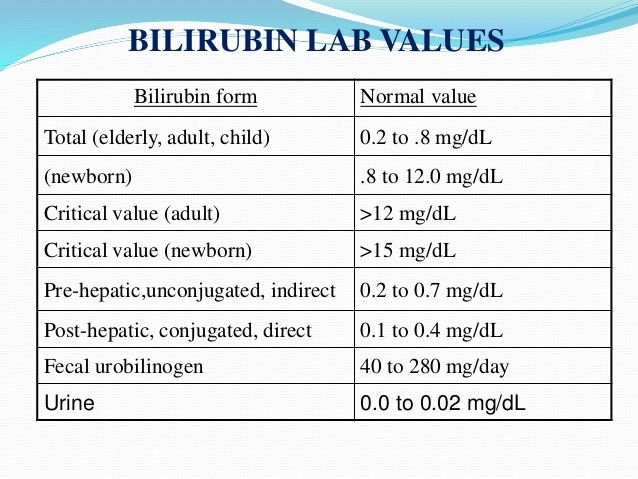
Key Takeaways
- The alanine transaminase (ALT) blood test measures the levels of this enzyme, which is primarily found in the liver.
- Elevated ALT levels, generally above 36 U/L, can indicate some form of liver damage or dysfunction.
- Common causes of high ALT include liver diseases, medication side effects, excessive alcohol consumption, and metabolic disorders.
- The degree of ALT elevation can provide clues about the severity of the underlying condition.
- Treatment for high ALT levels focuses on addressing the underlying cause, which may involve lifestyle changes, medication adjustments, or medical interventions.
- Regular monitoring of ALT levels and follow-up with a healthcare provider are essential for maintaining liver health.
Alanine transaminase (ALT) blood test
Medical Tests
Definition
The alanine transaminase (ALT) blood test measures the level of the enzyme ALT in the blood.
Alternative Names
SGPT; Serum glutamate pyruvate transaminase; Alanine transaminase; Alanine aminotransferase
How the Test is Performed
A blood sample is needed.
How to Prepare for the Test
No special preparation is needed.
How the Test will Feel
When the needle is inserted to draw blood, some people feel moderate pain. Others feel only a prick or stinging. Afterward, there may be some throbbing or a slight bruise. This soon goes away.
Why the Test is Performed
ALT is an enzyme found in a high level in the liver. An enzyme is a protein that causes a specific chemical change in the body.
Injury to the liver results in release of ALT into the blood.
This test is mainly done along with other tests (such as AST, ALP, and bilirubin) to diagnose and monitor liver disease.
Normal Results
The normal range is 4 to 36 U/L.
Normal value ranges may vary slightly among different laboratories. Some labs use different measurements or may test different samples. Talk to your health care provider about the meaning of your specific test results.
What Abnormal Results Mean
An increased ALT level is often a sign of liver disease. Liver disease is even more likely when the levels of substances checked by other liver blood tests have also increased.
An increased ALT level may be due to any of the following:
- Scarring of the liver (cirrhosis)
- Death of liver tissue
- Swollen and inflamed liver (hepatitis)
- Too much iron in the body (hemochromatosis)
- Too much fat in the liver (fatty liver)
- Lack of blood flow to the liver (liver ischemia)
- Liver tumor or cancer
- Use of drugs that are toxic to the liver
- Mononucleosis (“mono”)
- Swollen and inflamed pancreas (pancreatitis)
Risks
adam.com”>There is little risk involved with having your blood taken. Veins and arteries vary in size from one person to another and from one side of the body to the other. Taking blood from some people may be more difficult than from others.Other risks associated with having blood drawn are slight, but may include:
- Excessive bleeding
- Fainting or feeling lightheaded
- Multiple punctures to locate veins
- Hematoma (blood collecting under the skin)
- Infection (a slight risk any time the skin is broken)
References
Chernecky CC, Berger BJ. Alanine aminotransferase (ALT, alanine transaminase, SGPT) – serum. In: Chernecky CC, Berger BJ, eds. Laboratory Tests and Diagnostic Procedures. 6th ed. St Louis, MO: Elsevier Saunders; 2013:109-110.
Pincus MR, Tierno PM, Gleeson E, Bowne WB, Bluth MH. Evaluation of liver function. In: McPherson RA, Pincus MR, eds. Henry’s Clinical Diagnosis and Management by Laboratory Methods. 23rd ed. St Louis, MO: Elsevier; 2017:chap 21.
In: McPherson RA, Pincus MR, eds. Henry’s Clinical Diagnosis and Management by Laboratory Methods. 23rd ed. St Louis, MO: Elsevier; 2017:chap 21.
Pratt DS. Liver chemistry and function tests. In: Feldman M, Friedman LS, Brandt LJ, eds. Sleisenger and Fordtran’s Gastrointestinal and Liver Disease. 10th ed. Philadelphia, PA: Elsevier Saunders; 2016:chap 73.
Review Date: 01/26/2019
The information provided herein should not be used during any medical emergency or for the diagnosis or treatment of any medical condition. A licensed physician should be consulted for diagnosis and treatment of any and all medical conditions. Call 911 for all medical emergencies. Links to other sites are provided for information only — they do not constitute endorsements of those other sites. Copyright ©2019 A.D.A.M., Inc., as modified by University of California San Francisco. Any duplication or distribution of the information contained herein is strictly prohibited.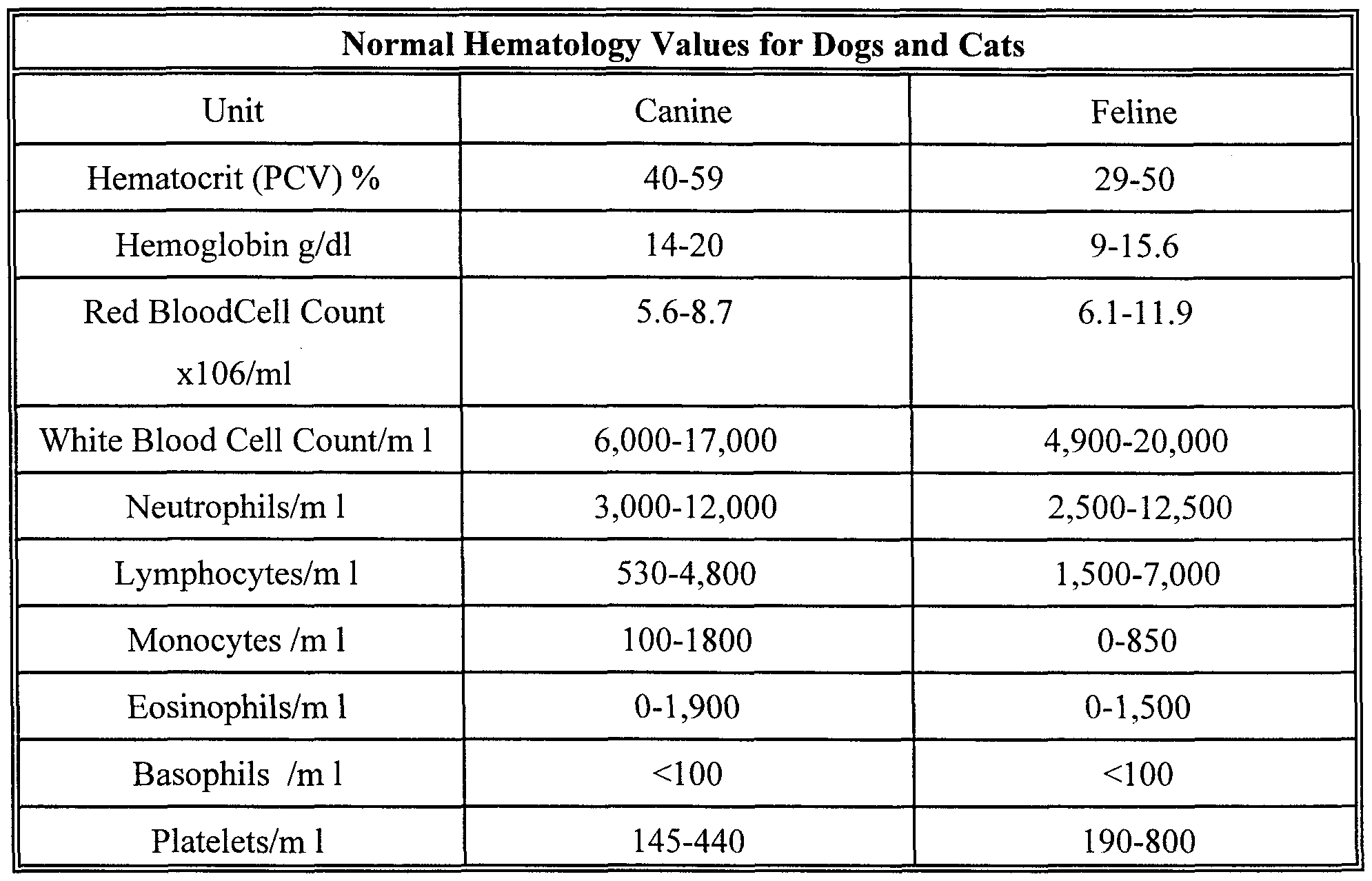
Information developed by A.D.A.M., Inc. regarding tests and test results may not directly correspond with information provided by UCSF Health. Please discuss with your doctor any questions or concerns you may have.
What Does It Mean When Your ALT Is High? > Personalabs
Getting elevated alanine aminotransferase (ALT) or serum glutamic-pyruvic transaminase (SGPT) in your liver function test can be distressing. But what high ALT means depends on factors such as the medications you’re taking, underlying liver disorders, chronic drinking, and consumption of herbal medicine.
Understanding the roles of ALT and its sudden spike in the bloodstream will provide clues on your liver health. Read more about it in the next few lines.
What Is an ALT Lab Test?
An ALT blood test measures the alanine aminotransferase (ALT) enzyme level to detect liver damage caused by diseases like hepatitis or lifestyle factors such as habitual drinking. The enzyme is an ideal marker for health conditions concerning the liver as it is released to the bloodstream when the liver sustains injuries or undergoes dysfunction.
However, ALT bloodwork does not produce conclusive results on its own. Therefore, it is usually taken as part of the hepatic function panel test and comprehensive metabolic panel, along with other blood tests for other liver enzymes.
In some cases, you might take the ALT blood test first, followed by other labwork to confirm a suspected condition or the other way around. These tests include:
- AST (aspartate aminotransferase) test
- GGT (gamma-glutamyl transferase) test
- ALP (alkaline phosphatase) test
- ALB (albumin) test
- Total bilirubin blood test
ALT Blood Test: Preparation and Results Meaning
Measuring ALT levels is done through blood work, wherein you will have to visit a laboratory for a phlebotomist to collect your blood sample.
Although there is no special preparation before the blood collection for an ALT blood test, you may need to fast if you take it alongside other tests. For example, if it is part of a liver function panel where a bilirubin lab test is involved, you will need to abstain from food and drinks for about 8 hours before the test.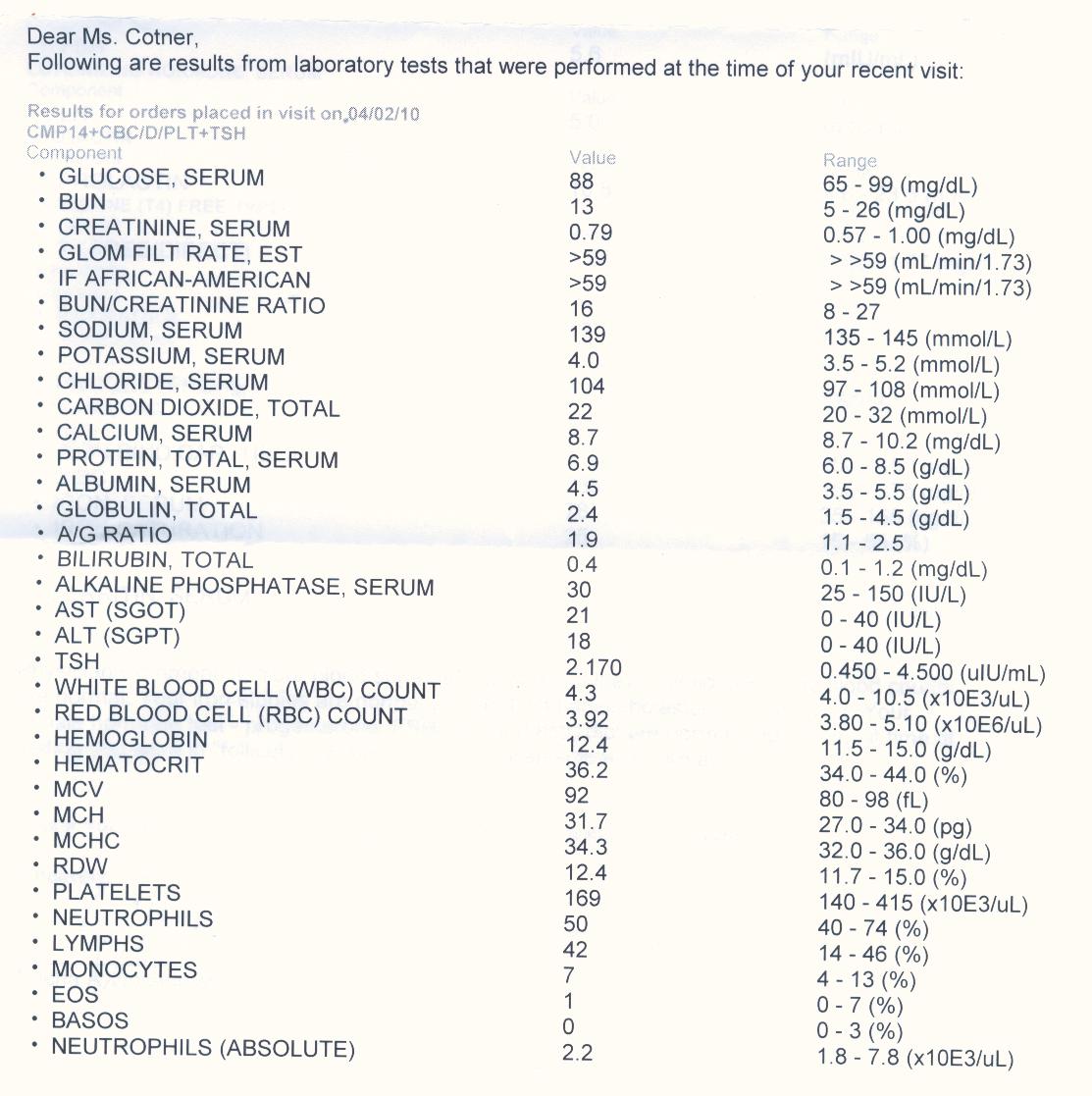
What Does It Mean When Your ALT Is High?
Your ALT level is considered high if it exceeds the normal range of 0 to 44 IU/L. Some laboratories may present a slightly different reference interval, but a test result of 55 IU/L or above could indicate liver problems. If the value exceeds the upper limit of the normal range, it could suggest liver disease or cirrhosis (tissue scarring).
However, other factors could contribute to the increase of ALT in your blood – not just liver disorders. Here are common causes of high ALT:
Infections
Patients diagnosed with hepatitis, whether A, B, or C, typically have elevated ALT liver enzymes. Hence, if you got a test value exceeding the normal range of ALT and are showing hepatitis symptoms, consult your doctor to secure the proper diagnostic lab tests.
Aside from hepatitis, studies have also shown that those with infectious mononucleosis have elevated liver enzymes, including ALT. So your doctor may proceed to check for swelling in your tonsils and liver on top of common infection symptoms.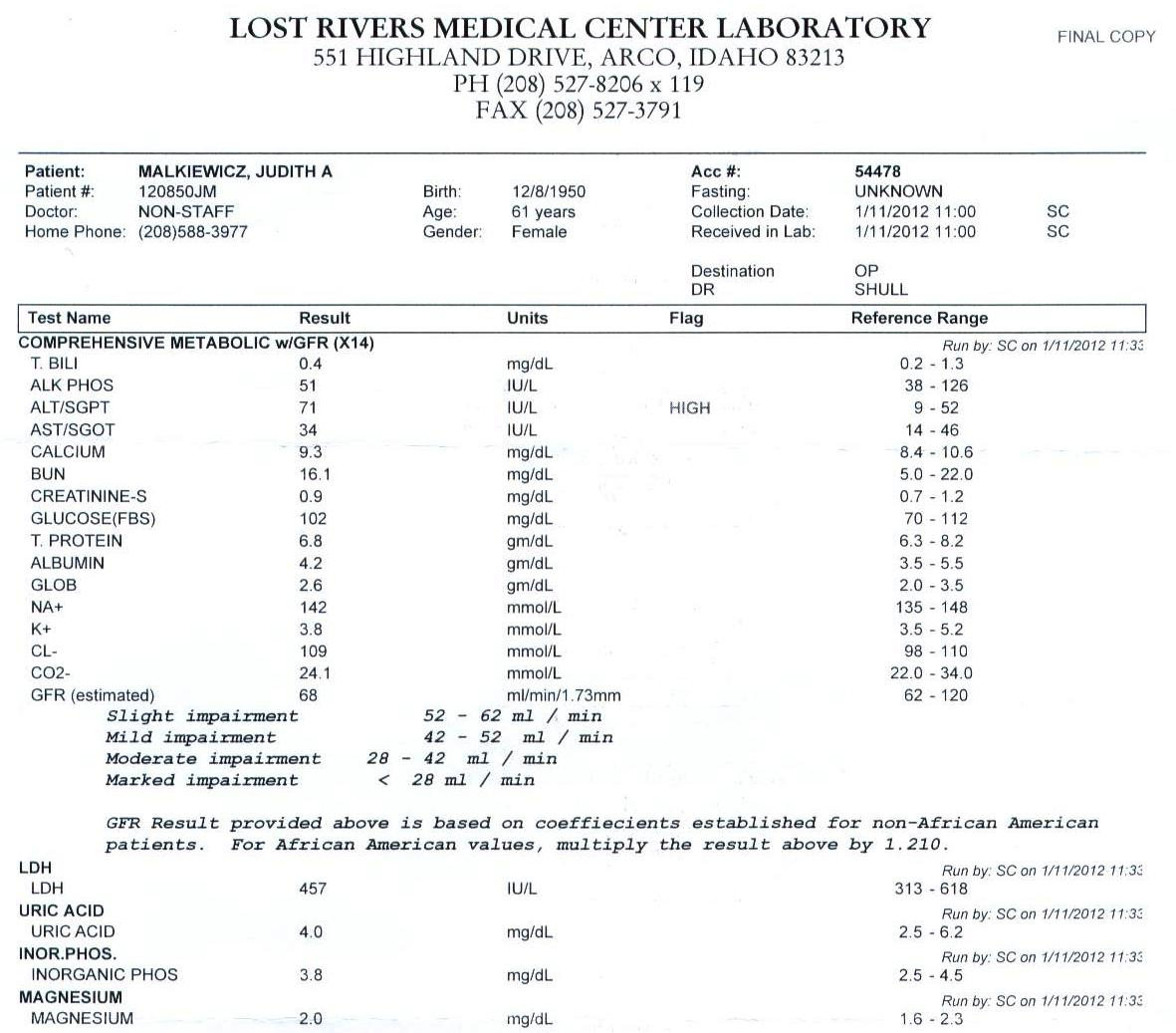
Did you know? Hepatitis can be prevalent among older kids. That’s why it’s vital to detect hepatitis in children at the onset of the symptoms. This allows for better treatment and speedy recovery.
Medications
Various drugs can cause high ALT levels, such as anti-seizure medications (phenytoin, valproic acid, carbamazepine, etc.), antidepressants, antipsychotics, cholesterol-lowering drugs, heparin therapy, acetaminophen, and many others. So if you’re taking these medications, make sure to let your doctor know.
Herbal Supplement
Herbal teas and supplements can also elevate your ALT. These include kava, chaparral, ephedra, skull cap, comfrey tea, and Yohimbe. While traditional medicine may suggest that these supplements benefit your health, consult with your healthcare provider before taking them regularly.
Alcohol and Toxins
Alcohol has been known to cause fatty liver tissues and induce inflammation. As a result, binge drinking elevates liver enzymes like ALT and causes gradual hepatic damage.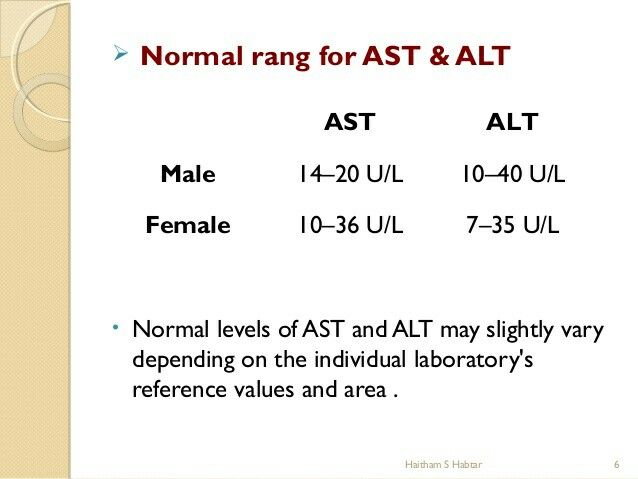 Other substances like cocaine and poisonous liquid also increase ALT, as they generate high levels of hepatic toxicity.
Other substances like cocaine and poisonous liquid also increase ALT, as they generate high levels of hepatic toxicity.
Diseases
Medical conditions associated with high ALT include hemochromatosis (iron overload), fatty liver disease, cirrhosis, thyroid disease, diabetes, Celiac disease, cancer, hemolysis, etc. Heart disease has also been associated with elevated ALT.
If you have a family history of liver disease, there’s a higher chance of getting elevated ALT in your bloodwork, especially with an unhealthy lifestyle. So opt for a CMP 14 blood test to be included in your annual wellness checkup to detect liver problems early.
What Should I Do if My ALT Is High?
Seeing an elevated ALT in your test results can be alarming, especially if it’s far off the upper limit and if the other parameters also go beyond the normal range. But you can lower this liver enzyme (along with the others) through the following ways:
- Get Tested for the Cause of Increased ALT
Finding the root cause of your elevated ALT, whether it’s a disorder or a medication, is imperative for the right course of action in normalizing it. In addition, be mindful of symptoms you may have been experiencing, especially those related to liver problems. These could include abdominal pain and swelling, appetite loss, fatigue, dark urine, pale stool, vomiting, itchy and easily bruised skin, and jaundice (yellow eyes and skin).
In addition, be mindful of symptoms you may have been experiencing, especially those related to liver problems. These could include abdominal pain and swelling, appetite loss, fatigue, dark urine, pale stool, vomiting, itchy and easily bruised skin, and jaundice (yellow eyes and skin).
Your doctor will assess your symptoms and request appropriate liver function tests. Once the condition is diagnosed, you will be given proper treatment. You will most likely take another ALT test, among others, to see if you already have low ALT levels within the normal range.
- Limit Cholesterol and Avoid High-Carb Foods
Changing your diet typically tops the lifestyle changes that improve your liver health. In the case of high ALT, shifting to a low carbohydrate diet has a beneficial impact on normalizing the liver enzyme’s production.
In a 2015 study, high carbohydrate intake of fructose-rich food and beverages significantly increased ALT. On the other hand, a low-carb diet decreases the enzyme twice as a low-fat diet.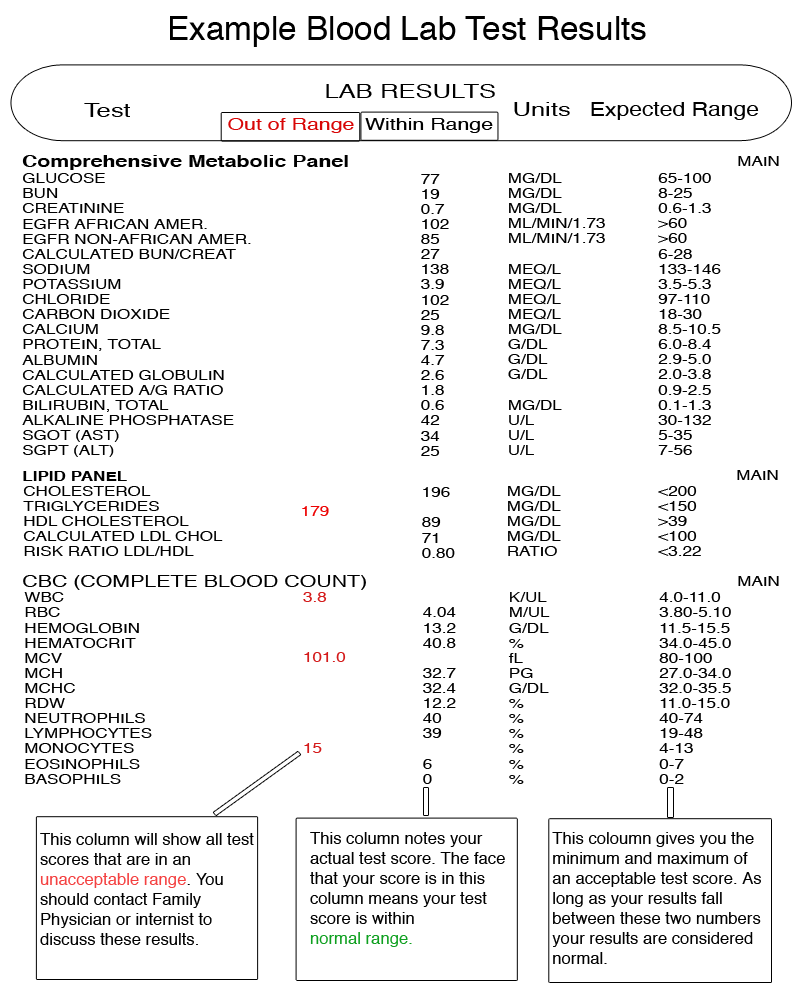
While carbohydrates seem to trigger the spike in liver enzymes, fat, specifically bad cholesterol, doesn’t do any favor. High cholesterol overloads liver function, increases ALT, and even promotes the risk of liver cancer. That said, it’s best to avoid fatty foods such as whole-milk dairy, red meat, and those smothered in oil.
Think you have high cholesterol? You will know for certain when you take the comprehensive lipid profile blood test. Doing so allows you to have a base record of your lipid levels, helping you assess your risk for heart and liver disease.
- Drink a Cup of Coffee a Day
Coffee comes with plenty of health benefits. However, it can be subjective depending on your physical and mental state. But in the case of liver function, studies have shown that drinking coffee aids in preventing high serum ALT.
Moreover, a 2015 study says that drinking coffee reduces your risk for liver cancer and chronic liver disease, bordering cirrhosis.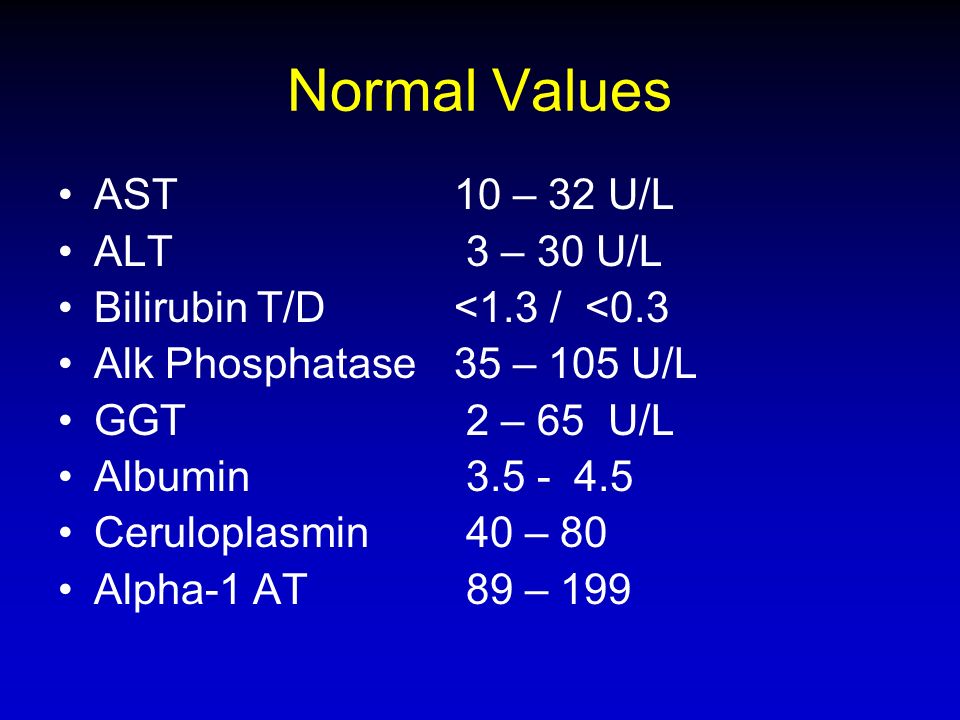 So secure one cup of coffee daily, especially in lieu of alcohol. If you have anxiety disorders, consult your doctor first, as too much coffee can aggravate the condition.
So secure one cup of coffee daily, especially in lieu of alcohol. If you have anxiety disorders, consult your doctor first, as too much coffee can aggravate the condition.
- Be More Physically Active
Exercise promotes liver health and allows you to lose weight. By being physically active for about 30 minutes daily, you improve your metabolism, which involves the oxidation of fatty acids. This helps ease liver function and, by extension, prevents injuries that lead to increased liver enzymes in the blood.
Consistent physical activity is particularly helpful for those with fatty liver. In a 2018 review, evidence shows that regular exercise aid liver functions in people with nonalcoholic fatty liver disease (NAFLD), from damage reduction to improved insulin resistance.
- Avoid Alcohol and Smoking
It’s no secret that alcohol can cause severe liver damage if consumed habitually. Heavy drinkers are prone to alcoholic liver disease and alcoholic hepatitis.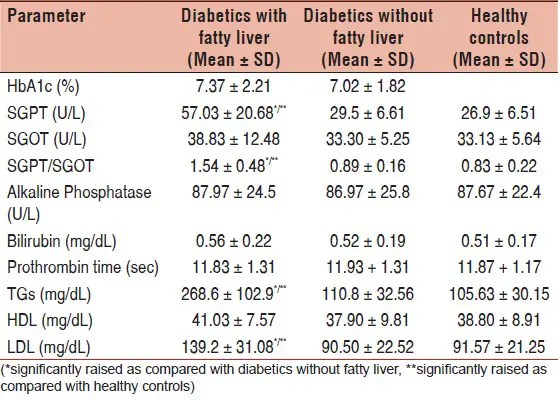 On top of that, alcohol is also the most significant risk factor for liver cirrhosis.
On top of that, alcohol is also the most significant risk factor for liver cirrhosis.
Smoking is another habit you should shake off if you plan to lower your serum ALT. According to an article published in the Journal of Hepatology, cigarette smoking aggravates liver problems and contributes to the impediment of hepatic treatment. This remains true with secondhand smoke.
If you’re having trouble leaving these unhealthy habits behind, seek help from professionals and support from your social circle.
- Rethink Taking Supplements, Drugs, or Herbal Medicines
As herbal teas and vitamin supplements (iron and vitamin A) can cause liver toxicity, make sure to avoid them if you have elevated liver enzymes. Likewise, consult your doctor regarding taking prescribed medications and be sure not to take them beyond the recommended dosage. For example, acetaminophen (a drug for fever and pain) can induce acute liver damage if taken in large amounts.
Other Frequently Asked Questions
Which is worse: high AST or ALT?
Liver enzymes AST and ALT are often compared to better understand liver health.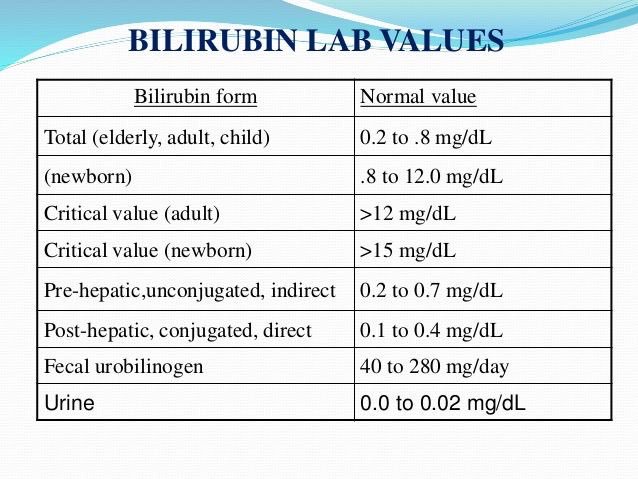 Getting high lab values for both AST and ALT indicates the severity of the liver problem. Generally, if AST is significantly elevated than an already high ALT, it could suggest cirrhosis, which can lead to liver failure.
Getting high lab values for both AST and ALT indicates the severity of the liver problem. Generally, if AST is significantly elevated than an already high ALT, it could suggest cirrhosis, which can lead to liver failure.
How quickly can ALT levels drop?
On average, ALT decreases significantly after treatment and lifestyle changes in about four weeks. This depends on how consistent you are with the necessary adjustments. For example, if you have given up alcohol, your ALT could start to drop in a week and continue to do so with continuous abstinence.
Can ALT levels go down on their own?
Unless you change your diet, start exercising, and eliminate unhealthy habits like heavy drinking and smoking, serum ALT levels will not decrease. Additionally, if the elevation of the liver enzyme is due to a severe liver disorder, failing to address and avail of proper treatment will only contribute to high ALT remaining unchanged.
Bottom Line
When your ALT levels are elevated, it’s certainly high time to check your liver. Doing so allows you to seek proper treatment and employ the necessary lifestyle adjustments, such as changing your diet, getting tested for a particular disorder, and being physically active. If symptoms of liver damage are observed, consult your doctor immediately.
Doing so allows you to seek proper treatment and employ the necessary lifestyle adjustments, such as changing your diet, getting tested for a particular disorder, and being physically active. If symptoms of liver damage are observed, consult your doctor immediately.
what is it and how does its performance affect health?
Contents
- 1 Alt in the biochemical analysis of blood: value, norm and possible deviations
- 1.1 Alt in the biochemical analysis of blood: definition and norms
- 1.1.1 What is ALT?
- 1.1.2 Norms of ALT in the blood
- 1.2 What does an elevated level of ALT (alanine aminotransferase) mean in a biochemical blood test?
- 1.3 Causes of an increase in Alt in a biochemical blood test
- 1.4 How to determine the increase in the level of Alt in the biochemical analysis of blood?
- 1.5 Symptoms of elevated Alt levels in a biochemical blood test
- 1.6 How is Alt level related to diseases of the liver and biliary tract?
- 1.
 7 The role of Alt in the diagnosis of diseases of the heart and muscles
7 The role of Alt in the diagnosis of diseases of the heart and muscles - 1.8 How to reduce the level of Alt in the biochemical analysis of blood?
- 1.9 How to act if the level of Alt in the blood is high
- 1.10 Alt and the use of certain drugs
- 1.10.1 Alt and antibiotics
- 1.10.2 Alt and antivirals
- 1.10.3 Alt and antifungals
- 1.10.4 Alt and analgesics
- 1.10.5 Al t and cholesterol-lowering drugs
- 1.11 Video on the topic:
- 1.12 Question-answer:
- 1.12.0.1 What is ALT in a biochemical blood test?
- 1.12.0.2 What are normal ALT values?
- 1.12.0.3 What diseases can increase the level of ALT in the blood?
- 1.12.0.4 What does elevated blood ALT mean?
- 1.12.0.5 What should I do if I have high blood ALT levels?
- 1.12.0.6 Can ALT levels be low?
- 1.1 Alt in the biochemical analysis of blood: definition and norms
Alt is an enzyme found in human liver and heart cells.+SI+units+(mmol/L)+Toxic+levels.+(mg/dL).jpg) Its level in the blood is measured in a biochemical analysis, and an increase in this indicator may indicate problems with the liver or heart. In our article, you will find detailed information about what ALT is and how its level is related to human health.
Its level in the blood is measured in a biochemical analysis, and an increase in this indicator may indicate problems with the liver or heart. In our article, you will find detailed information about what ALT is and how its level is related to human health.
Medical blood tests are one of the most effective ways to diagnose various diseases and disorders occurring in the body. One of the main indicators that allow you to determine the state of human health is ALT.
ALT is an alanine aminotransferase, an enzyme that is involved in the process of amino acid metabolism in the body. It is found in the tissues of the liver, heart, muscles and other tissues. When these tissues are destroyed, ALT enters the bloodstream, which makes it possible to determine the level of this enzyme by a biochemical blood test.
ALT levels affect the general condition of the body, so its level can be an indicator of various diseases, such as hepatitis, liver cirrhosis, heart attack, myopathy and other diseases. ALT can also increase with certain medications or as a result of increased exercise.
ALT can also increase with certain medications or as a result of increased exercise.
ALT in a biochemical blood test: definition and norms
What is ALT?
Alanine aminotransferase (ALT) is an enzyme found in liver cells and other organs, including the heart and muscles. When these organs are affected, ALT is released into the blood, which can be detected using a biochemical blood test. A high level of ALT in the blood can indicate the presence of diseases of the liver, heart and other organs.
ALT blood levels
Normal blood ALT values differ by sex and age. ALT levels can also vary depending on the laboratory that performs the analysis. In general, the average normal range for adult men is 10 to 40 units per liter of blood, and for women, 7 to 35 units per liter of blood. ALT levels can be elevated in some diseases, such as hepatitis, cirrhosis, myocardial infarction, and other diseases.
Normal blood ALT levels by age Age group ALT norm, units/l
| Newborns | 10-50 |
| Babies under 12 months | 13-45 |
| Children 1 to 12 | 10-50 |
| Adolescents 12 to 17 | More than 25, but less than 75 |
If ALT levels are higher than normal, this may indicate the presence of diseases of the liver, heart or other organs.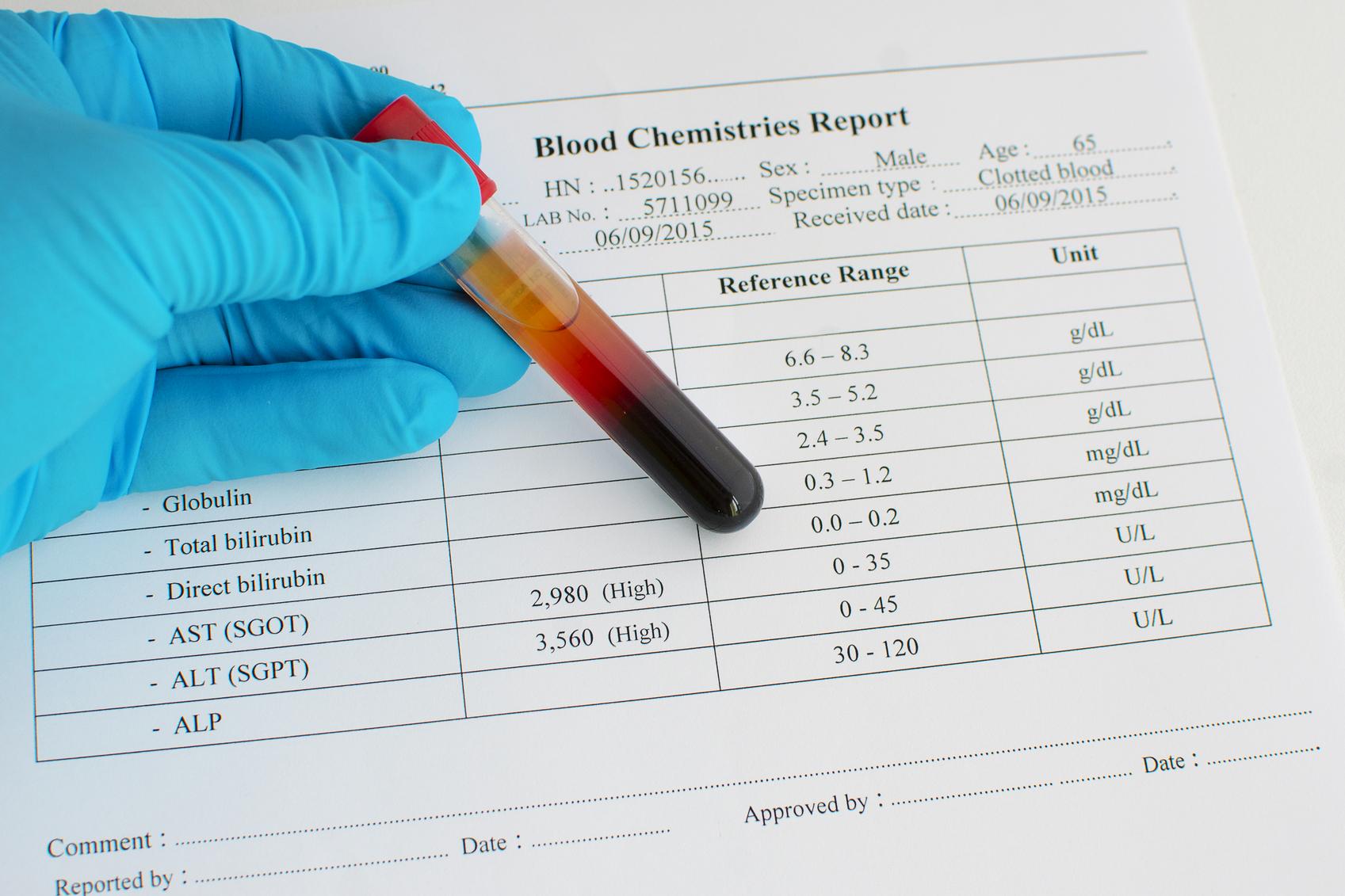 However, a high ALT level does not always indicate a serious problem. For example, drinking alcohol, certain medications, and even exercise can temporarily increase ALT levels in the blood.
However, a high ALT level does not always indicate a serious problem. For example, drinking alcohol, certain medications, and even exercise can temporarily increase ALT levels in the blood.
What does an elevated level of Alt (alanine aminotransferase) mean in a biochemical blood test?
Alanine aminotransferase (ALT) is an enzyme found in body tissues, especially the liver and heart. An elevated ALT level in a biochemical blood test indicates damage or disease to these organs.
Manifestations of only a slight increase in ALT do not have specific symptoms, there may be a feeling of heaviness and pain in the right upper abdomen or slight discomfort. However, if you doubt your state of health, in any case, consult a doctor, he will tell you about further actions.
Normative values of Alt level in the biochemical analysis of blood: Half Norm
| Men | 10-40 U/L |
| Women | 7 -35 U/L |
Reasons for increasing Alt in biochemical analysis
Altastosis is a condition that is associated with elevated levels of ALT in a person’s blood.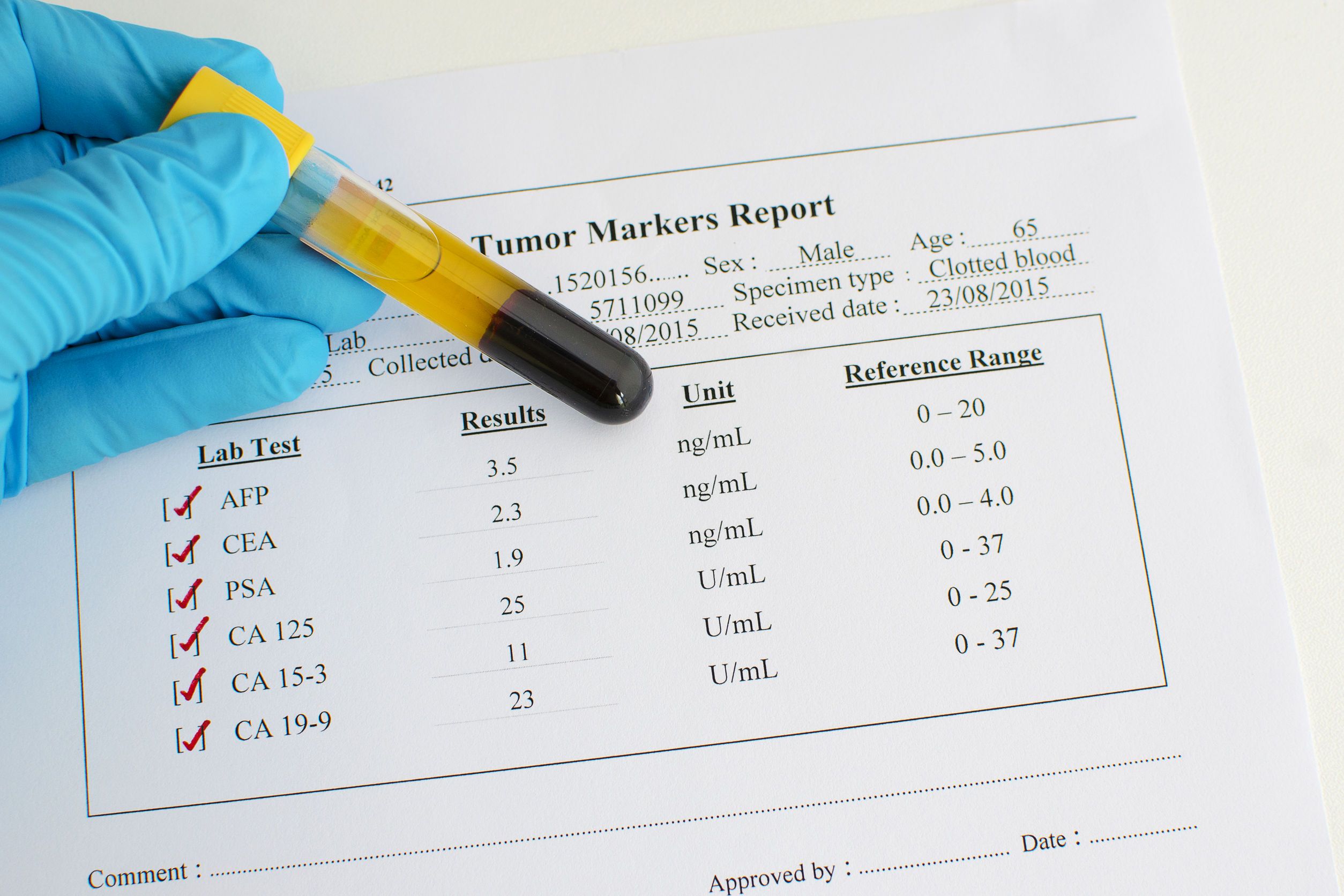 It is an indicator of the presence of pathological processes in the liver and other tissues of the body.
It is an indicator of the presence of pathological processes in the liver and other tissues of the body.
Increased levels of Alt in the blood can be observed in diseases such as:
- Hepatitis. This disorder is the most common cause of high blood ALT. Hepatitis A, B, and C are the most common types of hepatitis that cause elevated ALT levels.
- Cirrhosis of the liver. This disease is characterized by the replacement of hepatic tissue with connective tissue, which causes a decrease in liver function.
- Alcoholic liver disease. Long-term alcohol use can cause liver damage and increase Alt.
- Some drugs. Some medications can cause high levels of Alt in the blood.
If the level of Alt is elevated, this may indicate the presence of pathological processes in the body. It is necessary to consult a doctor to identify the causes and take measures to treat the disease.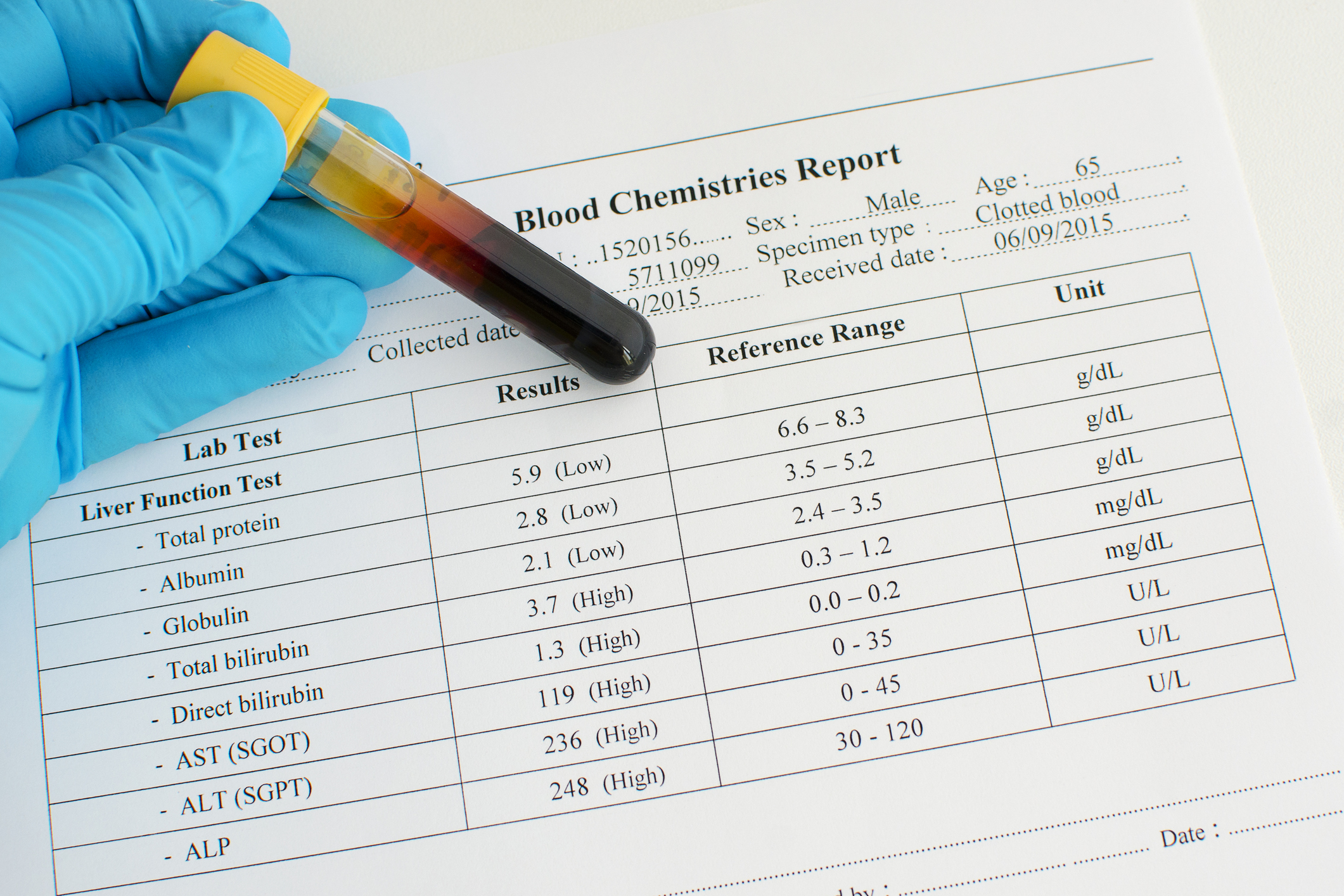
How to determine the increase in the level of Alt in a biochemical blood test?
Alt is an enzyme found in liver cells and some other body tissues. When the cells are damaged, Alt is released from them into the blood, causing its increased concentration. Measurement of Alt levels is an important biochemical analysis that helps identify diseases of the liver and other organs.
Elevated levels of Alt in the blood can only be detected during a biochemical blood test. This process does not take much time and must take place in the laboratory. Most often, this analysis is prescribed by doctors for suspected liver disease. Your doctor may order the test again to check the results and to track the progress of your treatment.
- It is important to be prepared for a blood test before taking it. Your doctor can give you specific instructions about what you can and can’t do before the test.
- The blood test is usually done on an empty stomach. Before the analysis, it is necessary to refrain from eating and drinking for about 8-12 hours.

- If you have a medical condition or are taking medication, tell the doctor who orders the blood test. Certain medications and medical conditions can affect the results of an ALT blood test.
A gastroenterologist will determine the indications for examinations, prescribe the necessary tests and interpret the results. You can trust him: he carries out diagnostics and treatment at the highest level.
Blood chemistry symptoms of elevated Alt
Alt is an enzyme found in liver cells and in small amounts in the heart, kidneys and pancreas. An elevated ALT level in a biochemical blood test may indicate various diseases.
- Jaundice – The symptom of jaundice may be associated with elevated levels of Alt in the blood. This is due to the fact that a high level of Alt indicates damage to liver cells, which can lead to disruption of its functions and the appearance of jaundice.
- Hepatitis – Elevated ALT levels may be associated with viral hepatitis, which is an infectious disease that affects the liver.
 Hepatitis can damage liver cells and increase blood levels of Alt.
Hepatitis can damage liver cells and increase blood levels of Alt. - Cirrhosis of the liver – this severe disease is characterized by the replacement of healthy liver cells with scar tissue. An elevated Alt level is an indicator that liver cells are damaged and a consequence of cirrhosis.
- Pancreatitis – Elevated Alt together with elevated Amylase on a blood chemistry test may indicate pancreatitis. This is an inflammatory disease of the pancreas that can lead to tissue damage and elevated ALT levels.
If you suspect that you have elevated blood levels of Alt, be sure to visit your doctor for the correct diagnosis and treatment of the relevant conditions.
How is Alt level related to diseases of the liver and biliary tract?
Alanine aminotransferase (ALT) is an enzyme found in high concentrations in the liver and to a lesser extent in the heart, kidneys, and skeletal muscle. When the cells of these organs are damaged, Alt enters the bloodstream, as a result of which its level increases.
Alt levels are also associated with biliary tract diseases such as cholelithiasis, cholangitis and cholelithiasis. Changes in blood Alt levels can help identify inflammatory processes in the liver, such as steatosis (fatty degeneration) and alcoholic hepatitis.
It should be noted that elevated levels of Alt can be caused not only by diseases of the liver and biliary tract, but also by taking certain medications, intense physical exertion, injuries and operations. Therefore, it is important to consult a doctor and undergo additional tests to obtain an accurate diagnosis.
The role of Alt in the diagnosis of heart and muscle diseases
Alanine aminotransferase (Alt) is an enzyme that is a marker of damage to liver cells, but not only. A number of studies have shown that ALT is also involved in the diagnosis of certain diseases related to the heart and muscles.
High levels of Alt may indicate damage to the cardiovascular system, such as myocardial infarction or fibrosis of the heart muscle. Also, in patients with heart disease, an increase in serum ALT is usually observed. However, an increase in Alt often accompanies other blood biochemical parameters, such as AST and LDH.
Also, in patients with heart disease, an increase in serum ALT is usually observed. However, an increase in Alt often accompanies other blood biochemical parameters, such as AST and LDH.
Altogether, Alt can be a useful indicator of heart and muscle disease, but elevation is not 100% indicative of these diseases. For an accurate diagnosis, additional tests and examination by a doctor are necessary.
How to reduce the level of Alt in the biochemical analysis of blood?
A high level of Alt in a biochemical blood test may be a sign of a pathological process in the liver or another organ. Therefore, in order to reduce the level of Alt, it is necessary to conduct an examination and identify the cause of its increase.
If the doctor has given a recommendation to change the way of life, then it is necessary to follow it and lead a healthy lifestyle. Try to avoid alcohol, smoking, and fatty, fried, and salty foods. Include more fruits, vegetables, grains and protein in your diet.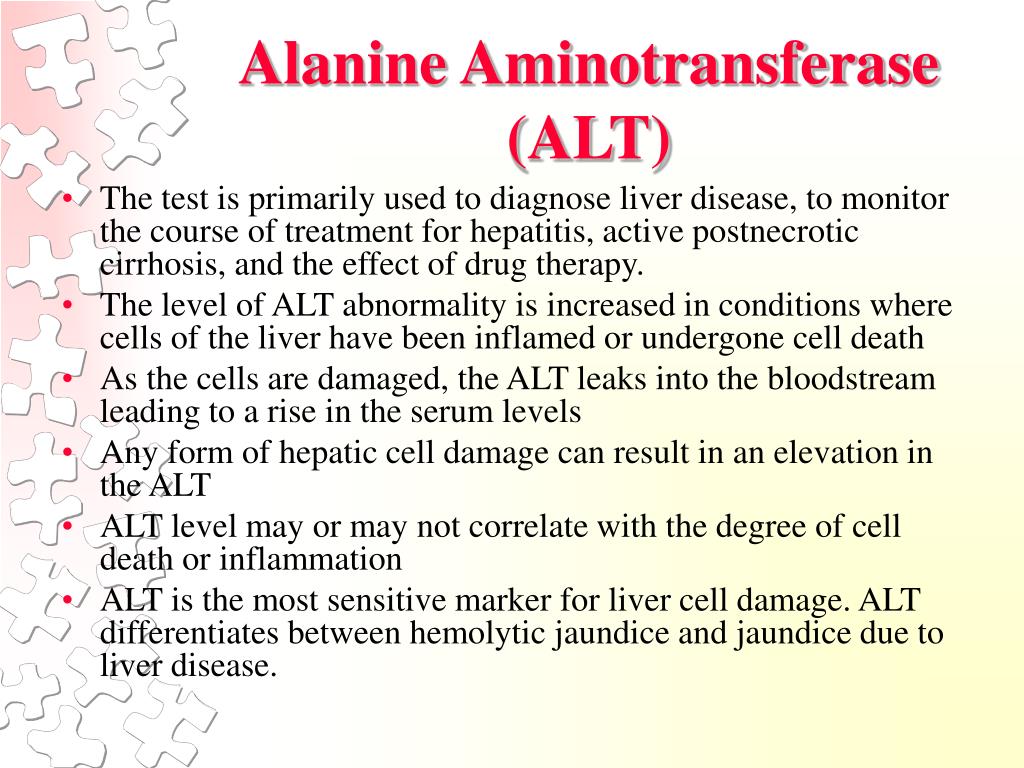
Medications can also be taken to help reduce ALT levels. But only after consulting a doctor, as some drugs can cause side effects and have contraindications.
In some cases, if the patient is diagnosed with liver disease, treatment with narrowly targeted drugs may be required. After the course of treatment, it is necessary to periodically undergo control studies to determine the level of ALT and evaluate the effectiveness of treatment.
How to act if the level of Alt in the blood is high
An increase in the level of Alt (alanine aminotransferase) in the blood can be a sign of various diseases of the liver, heart, pancreas and other organs. If you receive blood test results with elevated ALT levels, you should see your doctor for diagnosis and further treatment.
Your doctor may recommend the following steps to determine the cause of your elevated ALT levels:
- Additional blood and urine tests
- Ultrasound of the abdomen and heart
- CT or MRI of organs
- Biopsy of the liver or other affected organs drinking alcohol.

It is important to remember that self-treatment of elevated ALT levels can be dangerous and lead to poor health.
Alt and peculiarities of the use of certain drugs
Alt and antibiotics
Some antibiotics may cause an increase in Alt in the blood. This is due to toxic effects on the liver, which can lead to hepatitis or cirrhosis of the liver. Representatives of macrolide antibiotics, such as azithromycin and clarithromycin, can cause a similar effect.
Alt and antivirals
In the treatment of hepatitis C, drugs are sometimes used that can also increase the level of Alt in the blood. These are antiviral drugs such as Interferon alfa and Ribavirin. There is also a risk of liver toxicity when using ciprofloxacin.
Alt and antifungal drugs
Some antifungal drugs can increase blood levels of Alt. For example, fluconazole and itraconazole have a pronounced hepatotoxic effect. In this regard, when using them, it is necessary to control the level of Alt in the blood.

Alt and analgesics
Prolonged use of analgesics with acetaminophen may lead to an increase in the level of Alt in the blood. Taking paracetamol and other analgesics can cause dystrophic changes in the liver, which negatively affects the level of Alt.
Alt and cholesterol-lowering drugs
Statins are drugs used to lower blood cholesterol levels. However, with prolonged use of statins, an increase in the level of Alt in the blood is possible. This fact may indicate the development of hepatitis or the threat of the development of chronic liver diseases.
Related videos:
Q&A:
What is ALT in a biochemical blood test?
ALT (alanine aminotransferase) is an enzyme found in the cells of the liver and some other organs.
 When these cells are damaged, ALT enters the bloodstream, which can be determined in a biochemical blood test.
When these cells are damaged, ALT enters the bloodstream, which can be determined in a biochemical blood test.What ALT values are considered normal?
The level of ALT in the blood depends on sex and age. In men, the norm is 10-40 units / l, in women – 7-35 units / l. But keep in mind that some drugs and diseases can affect the performance.
What diseases can increase the level of ALT in the blood?
Blood levels of ALT may be elevated in liver diseases such as hepatitis, cirrhosis, liver cancer, as well as heart disease, muscular dystrophy and other disorders of cellular metabolism.
What does elevated blood ALT mean?
Elevated levels of ALT in the blood indicate damage to the cells of the organs that contain this enzyme. The cause may be diseases of the liver, heart and other organs, as well as medication or alcohol.
What to do with high blood ALT values?
If the level of ALT in the blood is elevated, you should consult a doctor to clarify the cause.
 The doctor may prescribe additional tests to identify the disease, as well as recommendations for treatment and lifestyle changes.
The doctor may prescribe additional tests to identify the disease, as well as recommendations for treatment and lifestyle changes.Can ALT levels be low?
Yes, ALT levels may be below normal, but this is usually not a health problem. Low levels of ALT may be due to low activity of this enzyme, which can occur in acute or chronic liver failure or genetic disorders.
ALT (ALT, Alanine aminotransferase, alanine transaminase, SGPT, Alanine aminotransferase)
Alanine aminotransferase (AlAT, ALT) is an intracellular enzyme, the content of which in the blood of healthy people is low. It is mainly found in the cells of the liver, myocardium, skeletal muscles, pancreas. When cells containing ALT are damaged or destroyed, the enzyme is released into the bloodstream, and its concentration in the blood increases.
Determination of the level of alanine aminotransferase is carried out for the diagnosis of liver diseases and dynamic monitoring of their treatment.
 The analysis is performed for suspected acute or chronic hepatitis of viral or toxic etiology, cirrhosis of the liver, primary tumors, or metastatic liver disease.
The analysis is performed for suspected acute or chronic hepatitis of viral or toxic etiology, cirrhosis of the liver, primary tumors, or metastatic liver disease.The growth of alanine aminotransferase in the blood in hepatitis is noted much earlier than the onset of the icteric stage, which makes it possible to identify the pathology at the initial stage.
As part of a screening examination (preventive examination of persons who do not have complaints) to assess the state of the liver, before planned hospitalization and surgical treatment, an analysis for ALT is prescribed together with another enzyme – AsAT (aspartate aminotransferase).
The level of ALT together with other enzymes is evaluated in diseases of the pancreas and gallbladder – pancreatitis, cholecystitis, cholelithiasis; if there are complaints of unexplained general weakness, fatigue, yellowness of the skin and sclera, abdominal pain, including a feeling of heaviness in the right hypochondrium, nausea, vomiting.

In addition, the ALT level is taken into account in myocardial infarction and myocarditis, although in cases of heart damage it is only of secondary importance. The study is prescribed for suspected myositis, myodystrophy, when complaints of muscle pain cannot be explained by injuries or excessive physical activity.
Donation is a mandatory reason for testing for ALT.
ALT values are assessed in any chronic disease, before prescribing drug therapy, for example, antitumor, anti-tuberculosis drugs, to assess the initial state of the liver and over time to assess drug tolerance.
Preparation for the procedure
It is better to take the test in the morning on an empty stomach (after an 8-14 hour break after the last meal).
Drinking water is allowed.
If necessary, it is permissible to donate blood 4-6 hours after a light meal.
On the eve it is desirable to avoid physical and emotional overload, overeating.
Avoid alcohol intake 5-6 days before the test.

Avoid smoking 30 minutes before blood sampling.
Deadline
The survey is completed within one business day.
What can affect the results
Intense physical activity the day before and even a few days before the test can lead to damage to muscle tissue (the so-called tear of muscle fibers) and, accordingly, an increase in the level of ALT. For the same reason, the analysis given after the injury is not informative.
The use of alcohol, certain drugs (antibiotics, non-steroidal anti-inflammatory drugs, anticancer drugs, oral contraceptives, etc.) often distort the result of the study. The list of medications taken should be discussed with the doctor who ordered the analysis, cancel those that are possible – without risk to health.
ALT (ALT, Alanine aminotransferase, alanine transaminase)
For research, blood is taken from a vein. Usually, ASAT (AST, Aspartate aminotransferase) is determined simultaneously and the ratio of ASAT / AlAT (de Ritis coefficient) is estimated.

You can take a blood test for ALT (ALT, Alanine aminotransferase, alanine transaminase) at the nearest INVITRO medical office. The list of offices where biomaterial is accepted for laboratory testing is presented in the “Addresses” section.
Interpretation of the results of the test contains information for the attending physician and is not a diagnosis. The information in this section should not be used for self-diagnosis or self-treatment. An accurate diagnosis is made by the doctor, using both the results of this examination and the necessary information from other sources: history, results of other examinations, etc.
Normal
Units of measure: U/l.
Reference values
Floor Age AlAT level, U/l Both < 5 days < 49 5 days – 6 months < 56 6 – 12 months < 54 1 – 3 years < 33 3 years – 6 years < 29 6 – 12 years old < 39 Male 12 – 17 years old < 27 > 17 years old < 41 Female 12 – 17 years old < 24 > 17 years old < 31 Explanation of indicators
The level of ALT depends on the age and sex of the patient.
 Minor deviations from the norm, as a rule, do not require drug therapy, and the recommendations associated with them, such as rational nutrition, avoidance of alcohol, etc. should be discussed with your doctor.
Minor deviations from the norm, as a rule, do not require drug therapy, and the recommendations associated with them, such as rational nutrition, avoidance of alcohol, etc. should be discussed with your doctor.The AST/ALAT ratio (de Ritis ratio) is normally between 0.91 and 1.75.
What do low readings mean
A significant decrease in the level of ALT can be detected in severe liver damage, for example, in the terminal stage of liver cirrhosis, when the number of liver cells is significantly reduced.
What do elevated readings mean
First of all, with an increase in ALT, liver problems should be suspected: fatty hepatosis, hepatitis of viral or toxic etiology, cirrhosis of the liver, liver cancer – primary or metastatic.
The degree of increase in ALT is usually associated with the extent or severity of liver damage, but cannot be considered as a determining factor for the prognosis of the disease. The maximum levels of ALT (and AST) – more than a hundred times higher than normal, are observed in patients with acute viral and drug-induced hepatitis.

A significant increase in alanine aminotransferase can be observed in acute cholecystitis, cholelithiasis, and acute destructive pancreatitis. Another reason may be the use of hepatotoxic drugs that damage liver cells.
An increase in the level of ALT is detected with extensive injuries of the skeletal muscles, severe myositis and myodystrophy, frequent intramuscular injections.
A less significant increase in ALT is recorded in acute myocardial infarction and myocarditis.
Additional examination in case of deviation of the indicator from the norm
If a change (often an increase) in the level of ALT is detected, patients are consulted
general practitioners
,
gastroenterologists
, hepatologists, infectious disease specialists.
To clarify the diagnosis, in addition to ALT, other liver enzymes (AST, gamma-HT, alkaline phosphatase, bilirubin), clinical blood counts, and markers of viral hepatitis, primarily hepatitis B and hepatitis C, are usually examined.

An ultrasound examination of the abdominal organs is performed, according to indications – computed tomography (CT) with contrast.
If damage to the skeletal muscles is suspected, the CPK enzyme is additionally examined and a rheumatologist is consulted.
If there is a suspicion of damage to the heart muscle, a consultation with a cardiologist is required. Usually, the doctor prescribes additional electrocardiography (ECG), echocardiography, blood test for CF-CF, troponin I.
O.P. The role of new reference values of alanine aminotransferase in the diagnosis of various forms of non-alcoholic fatty liver disease in patients with metabolic syndrome. Journal of Biomedical Technologies № 1. 2015. P. 9-15.
- Clinical guidelines “Cirrhosis and fibrosis of the liver”. Developed by: Russian Society for the Study of the Liver, Russian Gastroenterological Association. – 2021.
- Clinical guidelines “Liver cancer (hepatocellular)”. Developed by: Association of Oncologists of Russia, Russian Society of Clinical Oncology, Russian Society of Radiologists and Radiologists.


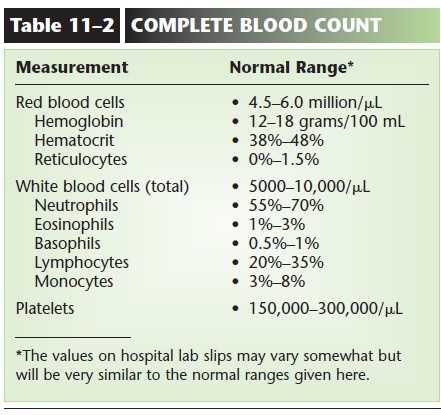 7 The role of Alt in the diagnosis of diseases of the heart and muscles
7 The role of Alt in the diagnosis of diseases of the heart and muscles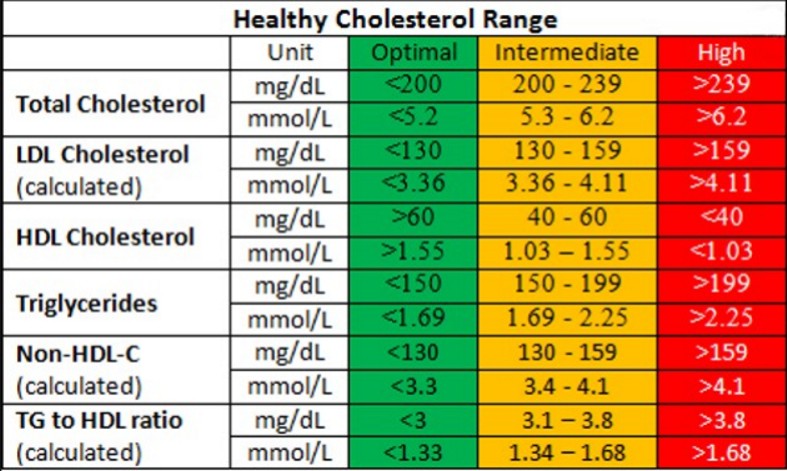
 Hepatitis can damage liver cells and increase blood levels of Alt.
Hepatitis can damage liver cells and increase blood levels of Alt.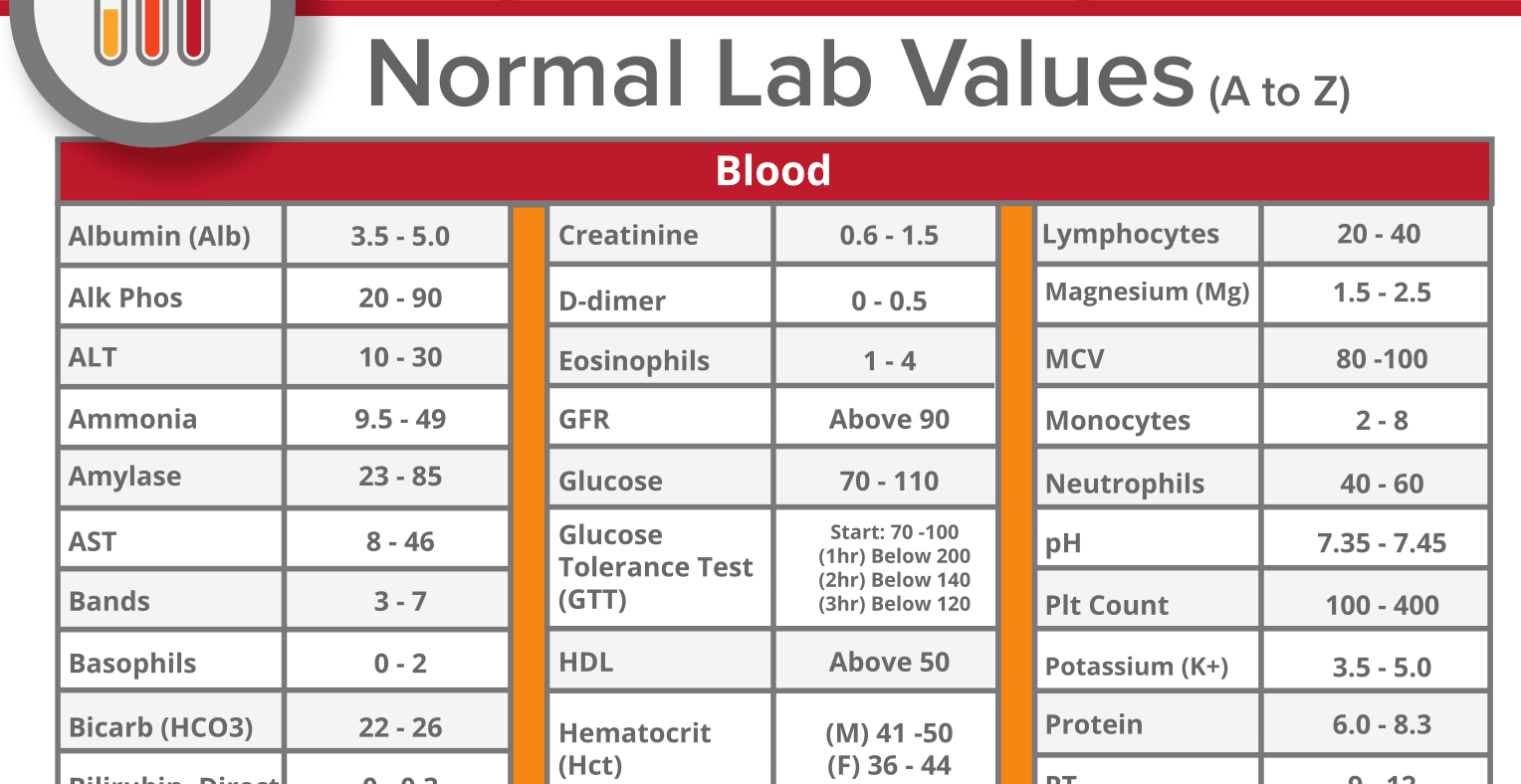

 When these cells are damaged, ALT enters the bloodstream, which can be determined in a biochemical blood test.
When these cells are damaged, ALT enters the bloodstream, which can be determined in a biochemical blood test.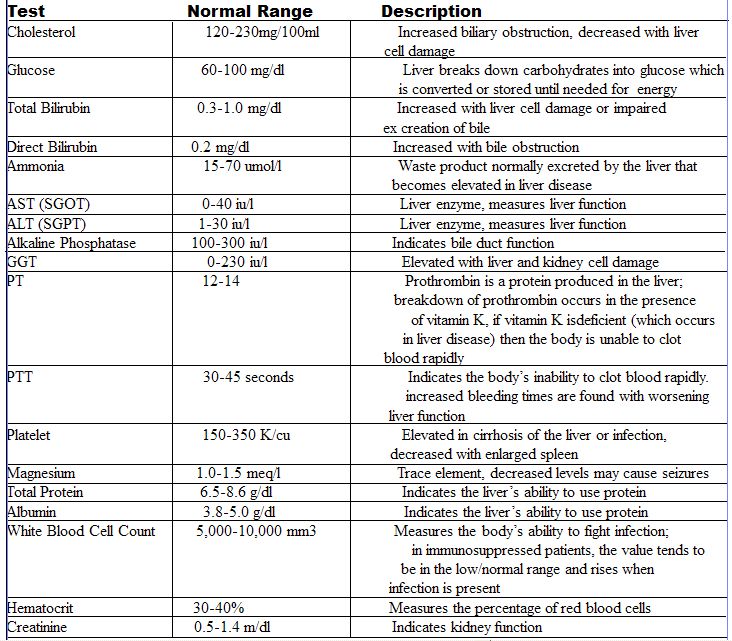 The doctor may prescribe additional tests to identify the disease, as well as recommendations for treatment and lifestyle changes.
The doctor may prescribe additional tests to identify the disease, as well as recommendations for treatment and lifestyle changes.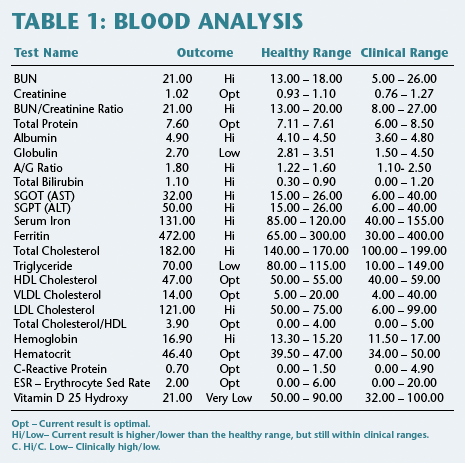 The analysis is performed for suspected acute or chronic hepatitis of viral or toxic etiology, cirrhosis of the liver, primary tumors, or metastatic liver disease.
The analysis is performed for suspected acute or chronic hepatitis of viral or toxic etiology, cirrhosis of the liver, primary tumors, or metastatic liver disease.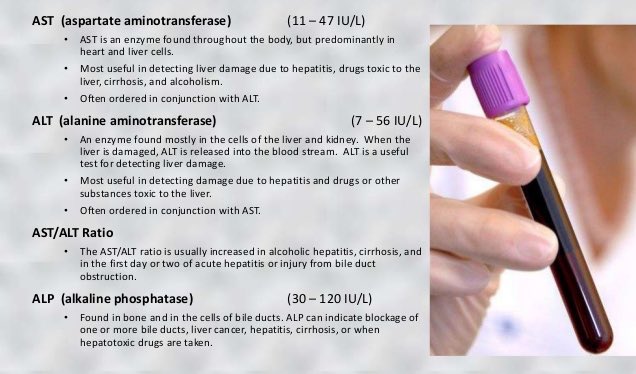
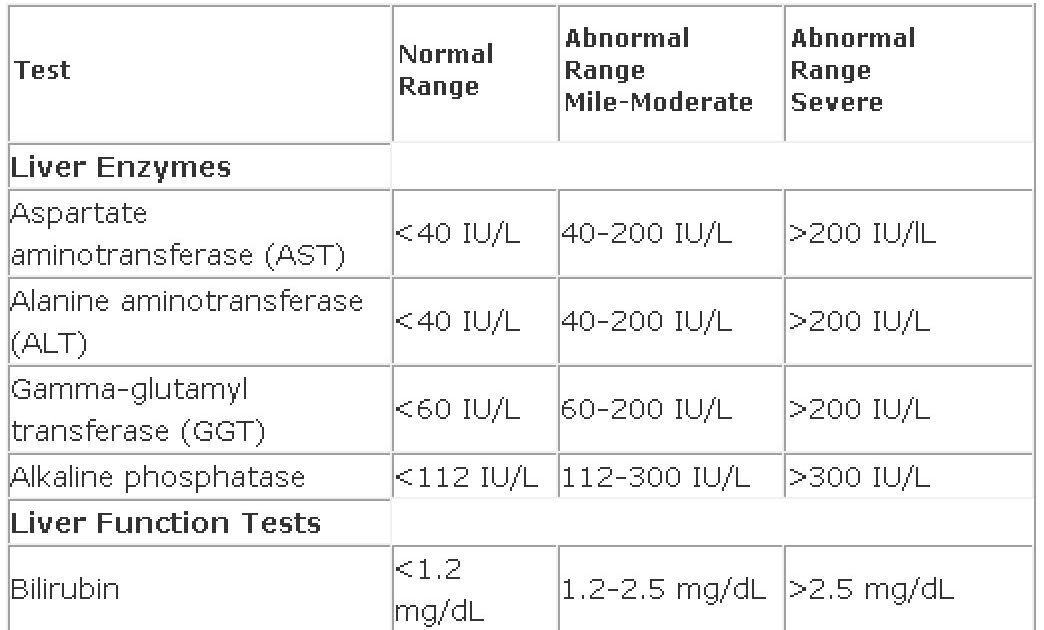

 Minor deviations from the norm, as a rule, do not require drug therapy, and the recommendations associated with them, such as rational nutrition, avoidance of alcohol, etc. should be discussed with your doctor.
Minor deviations from the norm, as a rule, do not require drug therapy, and the recommendations associated with them, such as rational nutrition, avoidance of alcohol, etc. should be discussed with your doctor.